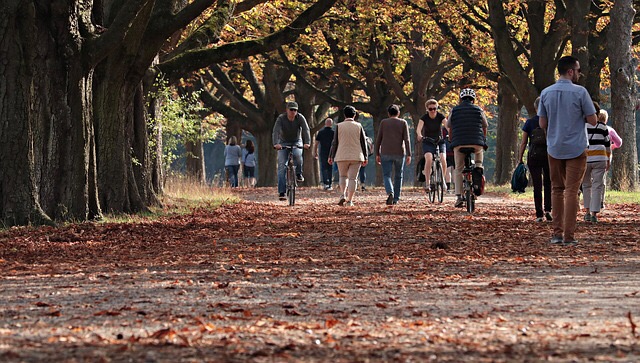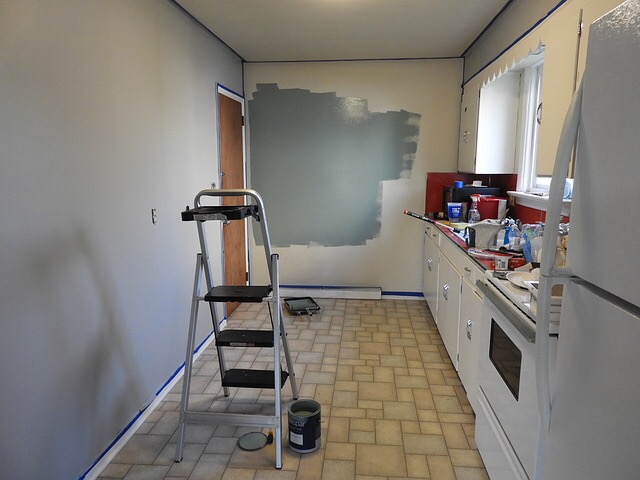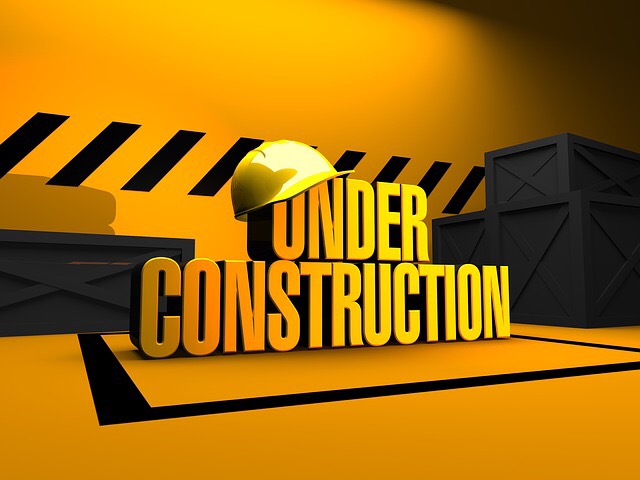October is Apple Month and Halloween one of our favorite holidays.
We’ll have some delicious recipes from Linda Cahill and the Pampered Chef plus some fun crafts from Tanya Bashor and Gypsy Artistry.
We’re working on an exciting new Q&A with an entrepreneur we’ve been following for the past two years.
The leaves will be turning colors and we’ll have some amazing photos for you and tips for making the most of the fall season.
Expect something brilliant from Orlando Bartro and we’ll have another installment in our series, ‘She’s Coming to America.”
Look for contributions from some your favorite TAAL team members and there will be a new quiz, book review and suggested reading lists.
See you next month,
Fran
Answers to the September 2019 Home Improvement Quiz:
Cornice - from the Italian word meaning “ledge.” It usually refers to some type of horizontal decorative molding.
MDF - an inexpensive option for woodworking and carpentry projects. It is basically sawdust and glue fused together under pressure. Often used for shelving and storage projects. It’s an acronym for Medium-density fiberboard.
Plywood - A building material made of thin sheets of wood that have been glued and pressed together.
Frame Wall - A wall that is part of the structure of a building. A structural wall is made of studs, a bottom and top plate, and a wall covering such as drywall.
PEX - a popular plumbing material because it doesn’t require glue and it’s less likely to burst if it freezes. It’s an acronym for polyethylene with cross-links.
Asbestos - a material previously used in construction and insulation products. Once favored by contractors because of its stability and fire-resistance. Exposure over long periods of time has been proven to cause various types of lung cancer.
Baseboard - A board that runs along the base of the floor. It covers the gap between the floor and the adjoining wall.
Bow Window - A window unit composed of several window panels that form a semi-circular shape; each panel is typically configured at a 10 degree angle. It projects outward from the walls of the home.
Casing - The trim or molding that forms the frame around doors and windows.
Concrete - A hard building material made by mixing a cementing material (such as Portland cement) and sand or gravel with water. Commonly used in construction of sidewalks, building foundations, and more.
Wonder Board - is a flat panel made out of concrete and fiberglass which is used as the foundation for a tiled surface.
Door Header - A beam that redirects the weight, or load, from above a door to the side door studs.
Drywall – A manufactured wall surface of plasterboard or other material encased in a thin layer of cardboard. Typically comes in panels.
Energy Star - A program supported by the U.S. EPA (Environmental Protection Agency) that recognizes products that are energy efficient. These labels can be found on products ranging from air conditioners to home heating equipment and more.
Fixture - A term which is used to describe many items within the home, typically in bathrooms and kitchens. Examples include sinks, faucets, bathtubs; almost anything exterior to the wall.
Floor Area - The square footage of a building or space.
Birdsmouth - A small triangular cutout in the bottom of a rafter that makes a flat area so the rafter can be attached to and rest solidly on a wall top plate.
Double Hung Window - A window made up of two panels that slide vertically to open. This style is a classic design and is typically constructed of wood.
Caulking - Used to seal gaps between surfaces, typically in a kitchen, bathroom, or outdoor siding - helps to prevent water leaks and acts as a seal in general against the elements.
Hearth - The floor area in front of a fireplace, or the actual floor of the fireplace - usually constructed of brick, stone or cement.
Tread - The horizontal piece of a step.
Double Glazing - A window that utilizes two panes of glass. It can help to improve energy efficiency in a home and can provide similar benefits as household insulation.
Tongue & Groove - A carpentry joint on a board or plank in which the jutting edge of one board fits into the grooved end of another board. Typically used in hardwood flooring.
Punch List - A list of unfinished items, created toward the end of a project, that must be completed or corrected before the last and final payment is made.
Floor Plan - A drawing of a building or space that shows the current or proposed design and specifications of the room or rooms. It will also show windows, doors, walls, and stairwells.
Frieze - A decorative band, typically horizontal, that can be found on the interior or exterior of a building or home. It originates in architecture dating back for centuries.
Generator - A machine which converts mechanical energy into electrical energy.
GFI or GFCI - Ground Fault Circuit Interrupter. A device that is used to protect from injury caused by contact with stray electrical currents that could be the result of faulty appliances or wiring, or water getting into an outlet - required in most new home construction.
Weather-Stripping - The process of sealing openings or cracks around windows and doors with metal, wood or plastic materials - prevents air and water from getting in through such gaps or openings.
Bay Window - A three-window unit, which usually contains one large middle panel and two smaller side panels. It projects outward from the walls of the home.
Hardboard - A dense fiberboard made by first reducing natural wood to fibers, and then pressing the fibers together - available in various sizes and thicknesses.
HVAC - Heating, Ventilation, and Air Conditioning; all appliances of the system used to condition the air within the home.
Insulation - Material used to prevent heat loss in a structure. It is usually placed within ceilings and walls, and sometimes floors. It can help to reduce heating or electricity bills.
Jamb - Vertical pieces of wood (or other material) that line the sides of door and window frames.
PVC or CPVC - A type of pipe, typically used for water supply or plumbing, made of a white, water-insoluble thermoplastic resin.
Riser - The upright piece of a step that sits between one stair tread and the next.
R-Value - A measure of thermal resistance. It gauges the effectiveness of different types of home insulation; the greater the value, the greater the level of insulation quality.
Schematic Drawing - A rough drawing of a room or building that shows the general size and shape of the space.
Dry rot - a fungus that can eat away at wood fibers, turning them to powder. It thrives in moist and damp conditions.
Forced Air Heating - A type of heating with natural gas, oil, electricity or propane as fuel. The process involves heating air in a furnace and distributing it via a set of ducts to several areas of the house.
I-Beam - A type of beam constructed of iron, steel or wood that is shaped like the letter I at its cross section.
Soffit - The visible, finished underside of a structural part of a building; may include the underside of staircases, eaves, arches, beams, or a roof overhang.
Specifications or Specs - A list of materials, model numbers, features of appliances, colors, or other details that supplements the contract or other document detailing the scope of work.
Three-Way Switch - Electrical switch that enables you to turn a fixture on or off from two different locations. Commonly used at the top and bottom of a flight of stairs.
Trim - Decorative woodwork typically used around the edges of a room or building - usually found around windows, doors, or the baseboard.
Hot-Water Heating - Is a Radiator heating system which uses various types of fuel to heat water; the water is then distributed through pipes and radiators to provide heat throughout the home.
Knob & Tube Wiring - A common type of electrical wiring used prior to World War II. Suitable for small fixtures or electrical appliances that have low amperage requirements.
Watt/wattage - The measure of the electrical requirement of an appliance or fixture - calculated by multiplying voltage by amperage.
Circuit Breaker - A device located within the main electrical panel or in a circuit breaker box. It regulates the amount of power that flows through a given circuit, and can shut power off to some or all areas of a house.















